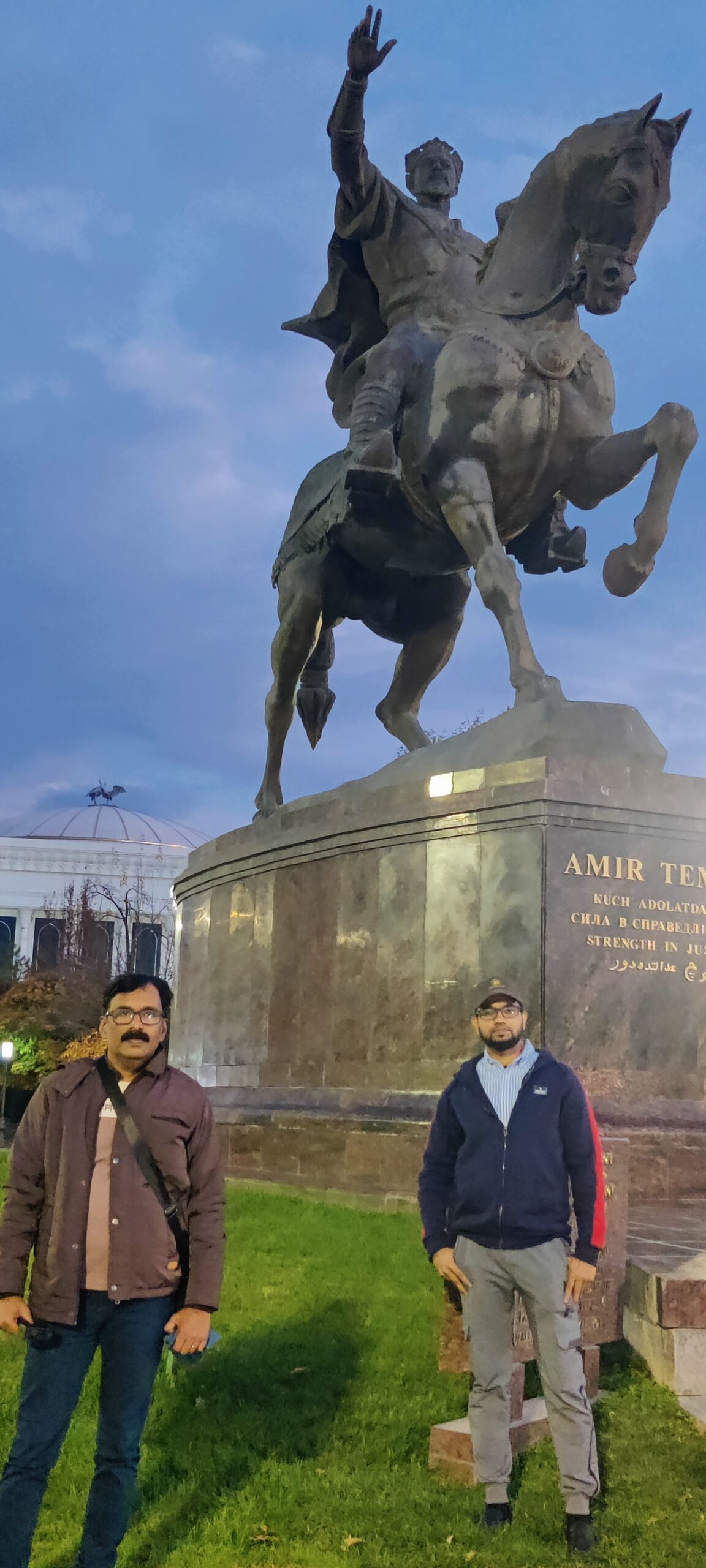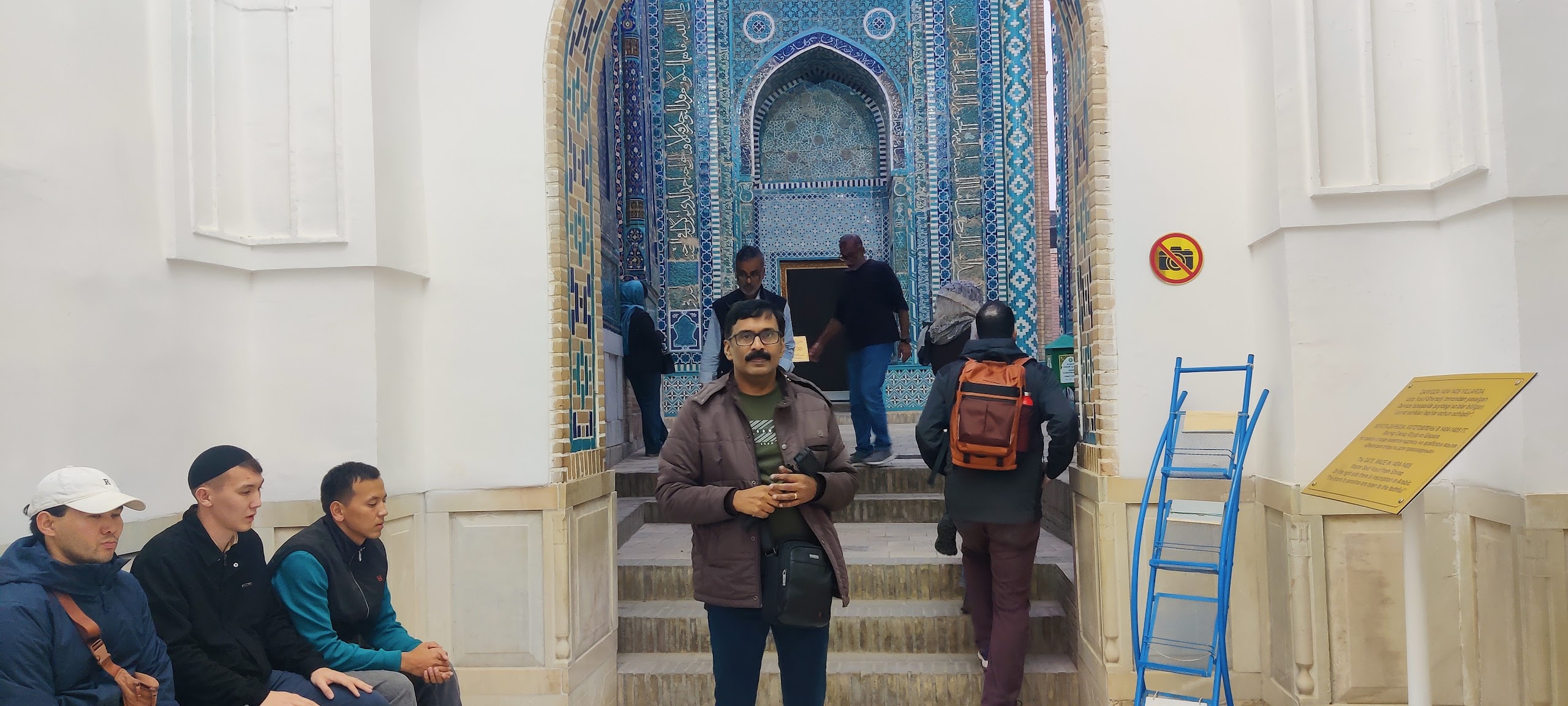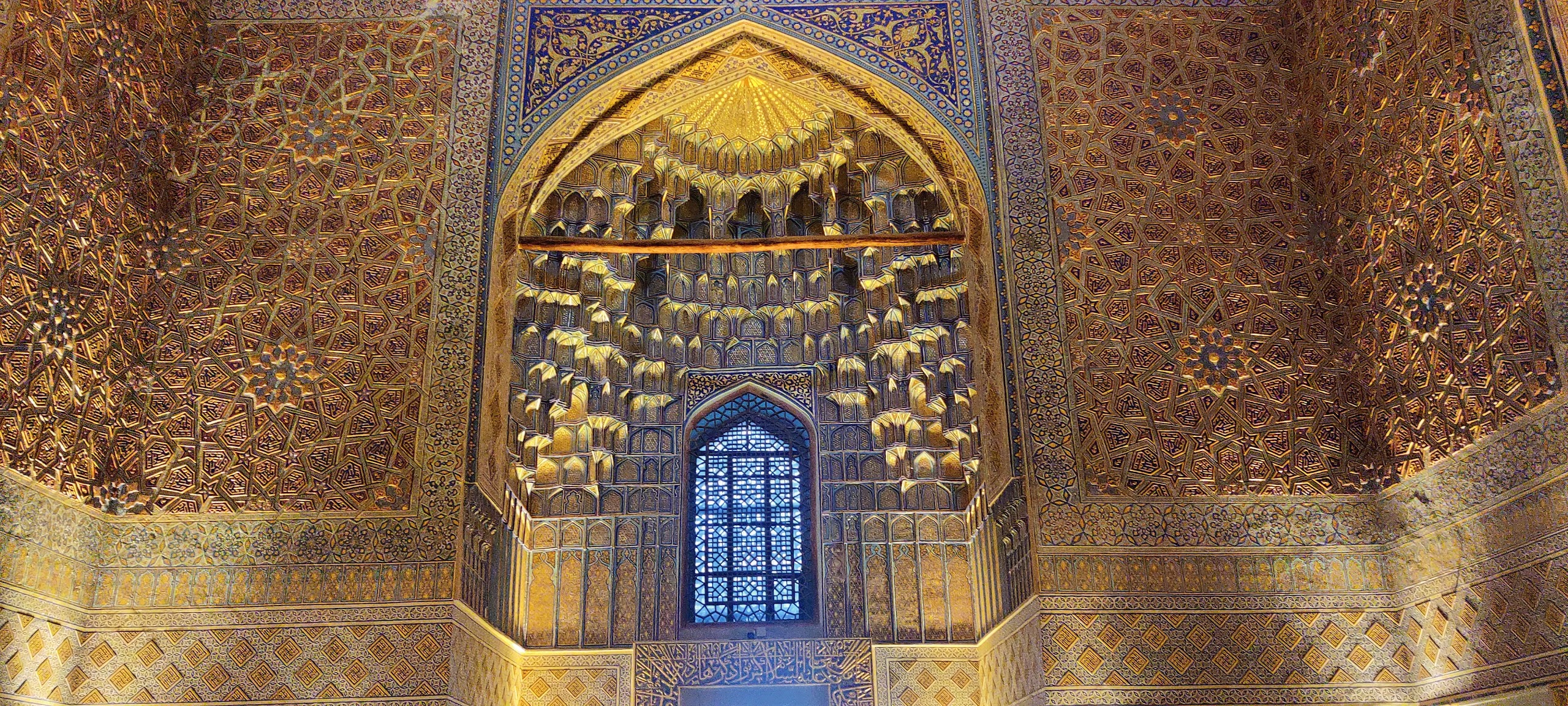Ulugh Beg Observatory
Exploring the Ulugh Beg Observatory: A Legacy of Medieval Astronomy
In the heart of Samarkand, Uzbekistan, stands one of history’s most remarkable astronomical monuments: the Ulugh Beg Observatory. Built in the 15th century, the observatory was not only a beacon of scientific discovery but also a symbol of the Silk Road’s role as a conduit for knowledge and culture. The observatory is a testament to the dedication of Ulugh Beg, a Timurid ruler and visionary astronomer whose contributions transformed medieval astronomy and inspired future generations of scientists across the Islamic world and beyond. Today, it remains a significant symbol of scientific heritage, encapsulating a unique blend of scholarship, innovation, and cross-cultural exchange.
The Visionary Behind the Observatory: Ulugh Beg
Ulugh Beg was born in 1394 in Sultaniye, Persia, into the ruling Timurid dynasty, which was led by his grandfather, Timur (Tamerlane). Despite his heritage as a Timurid prince and ruler, Ulugh Beg was more captivated by the mysteries of the stars than by the art of warfare. As a scholar and mathematician, he devoted his life to studying the cosmos and creating an environment that fostered scientific inquiry. His thirst for knowledge led him to establish a comprehensive educational system and promote intellectual pursuits across Central Asia.
In 1420, at just 26 years old, Ulugh Beg laid the foundation of his observatory in Samarkand, which would become a world-renowned center of astronomical research. Driven by a relentless curiosity and a desire to produce accurate astronomical data, Ulugh Beg aspired to surpass earlier works by producing a more precise star catalog and refining astronomical calculations.
Architectural Marvel: The Observatory Itself
The Ulugh Beg Observatory was a masterpiece of architectural engineering, featuring a monumental sextant that measured nearly 36 meters in radius. This device was used to measure the positions of celestial objects with an accuracy that was unparalleled in its time. Unlike many medieval observatories that were often modest in scale, the Ulugh Beg Observatory was designed to host significant instruments and offered astronomers a dedicated space to conduct detailed observations. Its construction showcased advanced engineering techniques and reflected Ulugh Beg’s ambition to elevate astronomy to new heights.
One of the observatory’s most impressive features was its subterranean sextant, which stretched across the building and was partially embedded in the ground to ensure stability and precision. The instrument’s size enabled astronomers to achieve a level of accuracy that previous astronomical observatories could not match. This monumental sextant allowed for precise measurements of the Sun’s angle during the equinoxes, as well as the positions of other celestial bodies, providing invaluable data that would inform the world of astronomy for centuries.

A Legacy of Scientific Contributions
The work conducted at the Ulugh Beg Observatory produced some of the most advanced astronomical data of the medieval era. Ulugh Beg and his team of astronomers, which included prominent scholars like Qadi Zada al-Rumi and Ali Qushji, meticulously compiled data to produce the Zij-i Sultani, or “Sultan’s Astronomical Tables.” This catalog documented the positions of over 1,000 stars, offering unprecedented accuracy and expanding upon the work of ancient astronomers like Ptolemy.
The Zij-i Sultani became an essential reference for astronomers throughout the Islamic world and even in Europe, where it would later influence the development of Renaissance astronomy. Ulugh Beg’s tables demonstrated a sophisticated understanding of celestial mechanics and were instrumental in refining the methods of calculating planetary positions and star coordinates. His findings even anticipated later theories in astronomy by hundreds of years, underscoring the forward-thinking nature of his research.
Moreover, Ulugh Beg’s work at the observatory emphasized the importance of empirical observation and mathematical precision, laying a foundation for scientific methods that would be developed in Europe centuries later. His insistence on accuracy and data rigor would become a hallmark of scientific inquiry, influencing future astronomers and mathematicians alike.

The Observatory’s Decline and Rediscovery
Despite Ulugh Beg’s dedication to science and learning, his political power was under constant threat. His passion for scholarship often made him appear indifferent to military and political affairs, leading to internal conflicts. Tragically, Ulugh Beg was assassinated in 1449 on the orders of his own son, who sought to secure political control. After his death, the observatory fell into disuse and was ultimately destroyed by religious authorities who viewed it with suspicion.
The ruins of the Ulugh Beg Observatory remained hidden beneath the soil of Samarkand for centuries until they were rediscovered in 1908 by Russian archaeologist V.L. Vyatkin. This rediscovery revealed the remains of the massive sextant, reigniting interest in Ulugh Beg’s achievements and positioning the observatory as a symbol of the region’s intellectual heritage.
The Observatory’s Modern Legacy
Today, the Ulugh Beg Observatory stands as an emblem of Central Asia’s contribution to global scientific heritage. While only remnants of the original structure remain, the site has been preserved and celebrated as a historic and educational landmark. The museum adjacent to the observatory now houses replicas of the instruments used by Ulugh Beg and his team, as well as displays that illustrate the impact of his work on the fields of astronomy and mathematics.
In addition, Ulugh Beg’s observatory serves as a reminder of the Islamic Golden Age—a time when scholars across the Muslim world made pioneering advancements in fields ranging from mathematics to medicine. The observatory symbolizes the values of curiosity, scientific rigor, and cross-cultural knowledge sharing that characterized the era, reminding us that scientific inquiry has deep roots in diverse cultures and histories.
Conclusion
The Ulugh Beg Observatory is much more than a historical ruin; it is a monument to humanity’s age-old quest to understand the cosmos. Ulugh Beg’s passion for science, his architectural ingenuity, and his commitment to accuracy have secured his place among the great astronomers of history. His observatory in Samarkand not only expanded the boundaries of medieval astronomy but also left an indelible legacy that resonates with modern science. As we look up at the stars today, we remember that Ulugh Beg and his team once gazed at the same sky, driven by the same sense of wonder and determination to unlock the secrets of the universe.
For detailed videos , please visit,












Leave a Reply